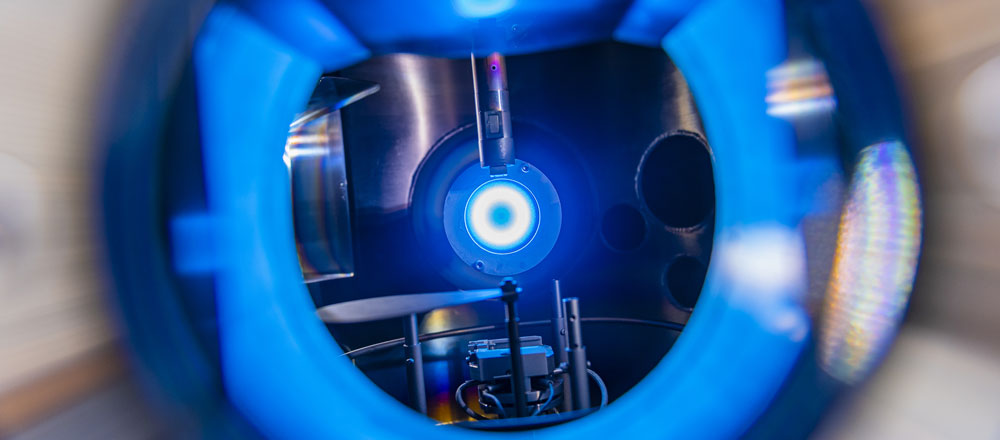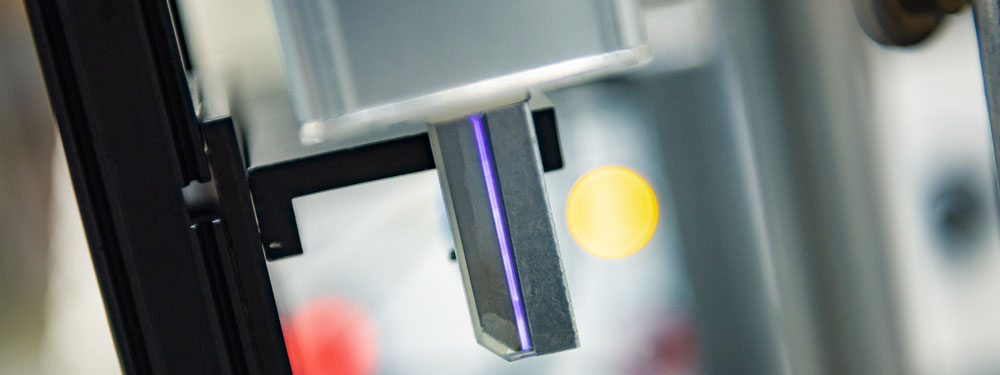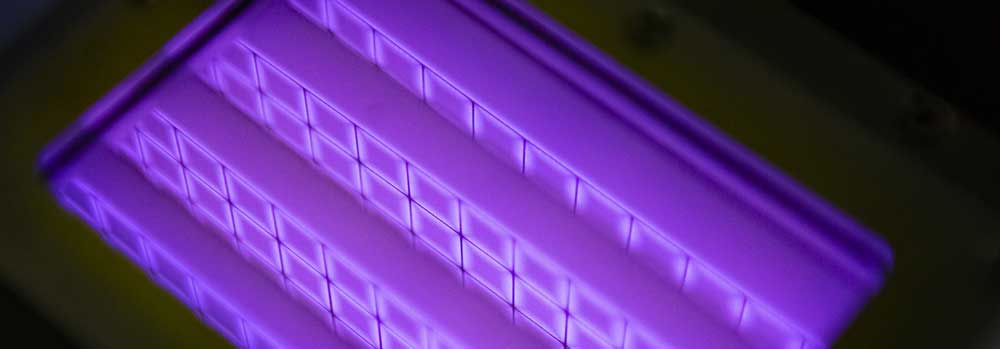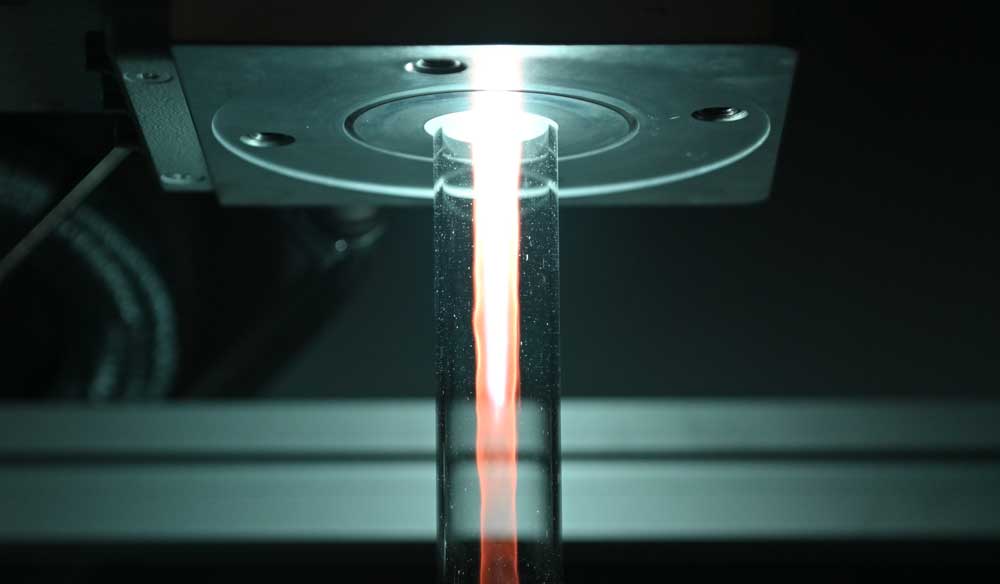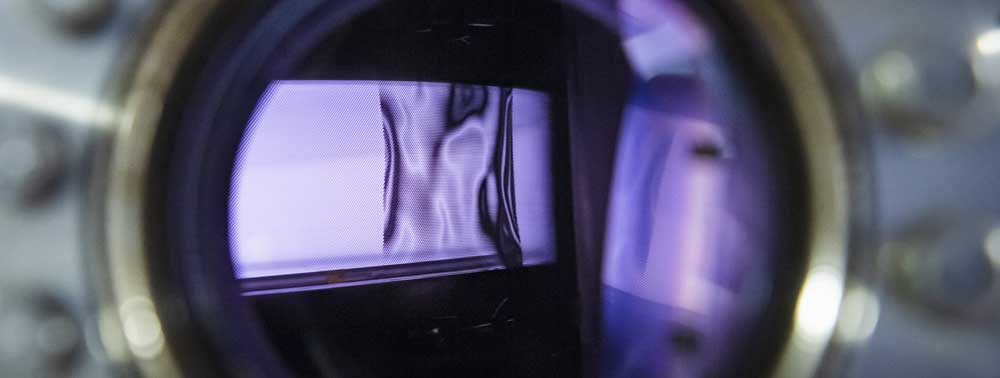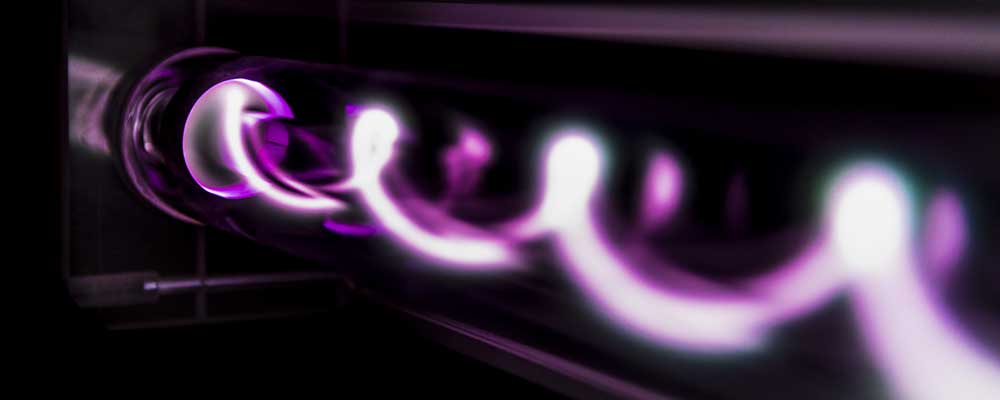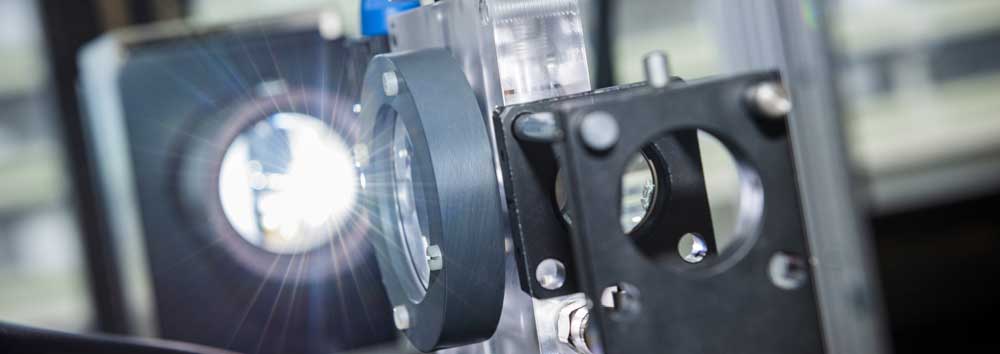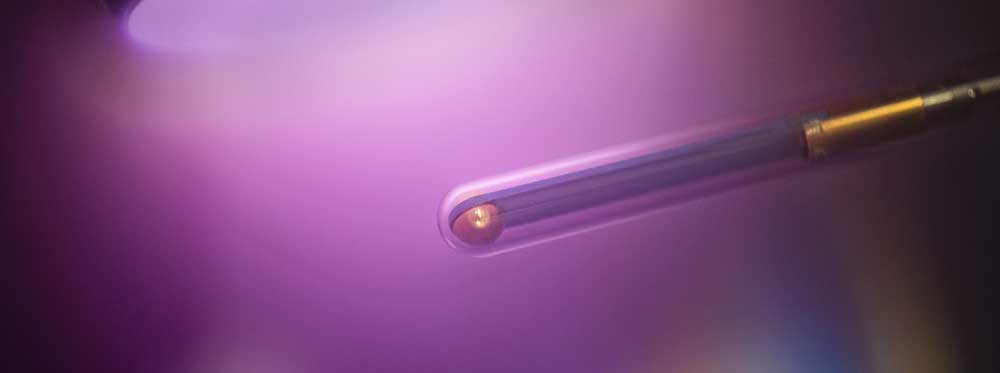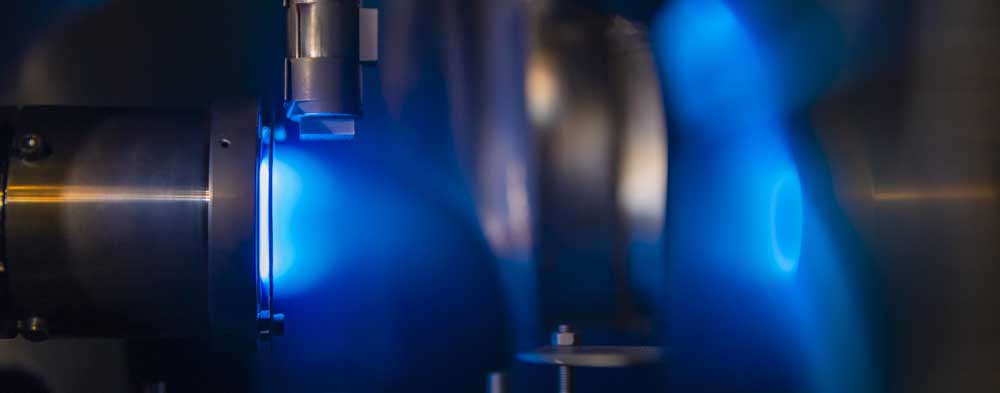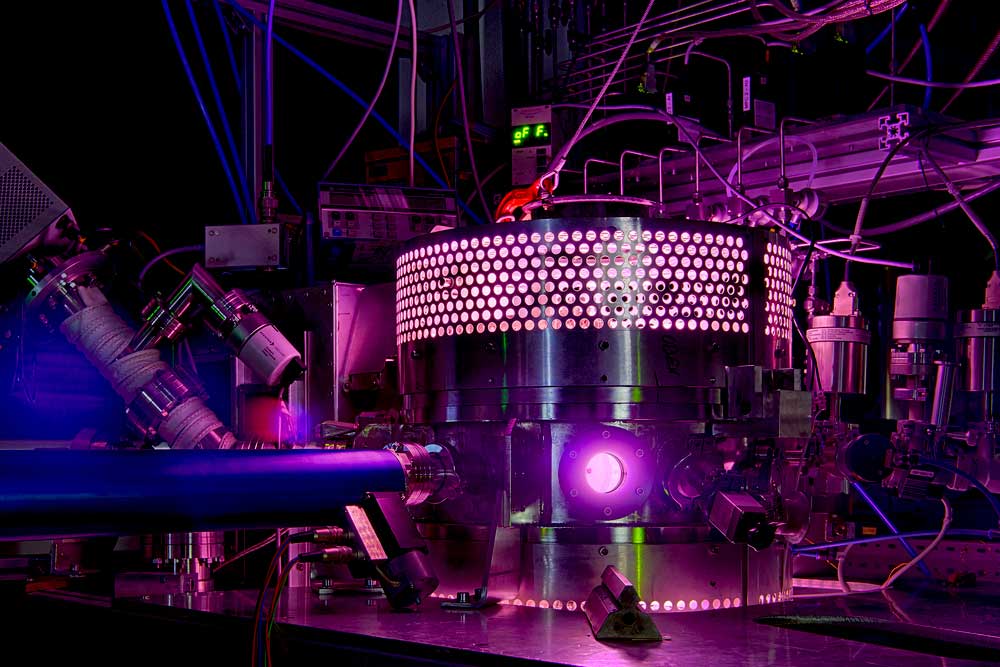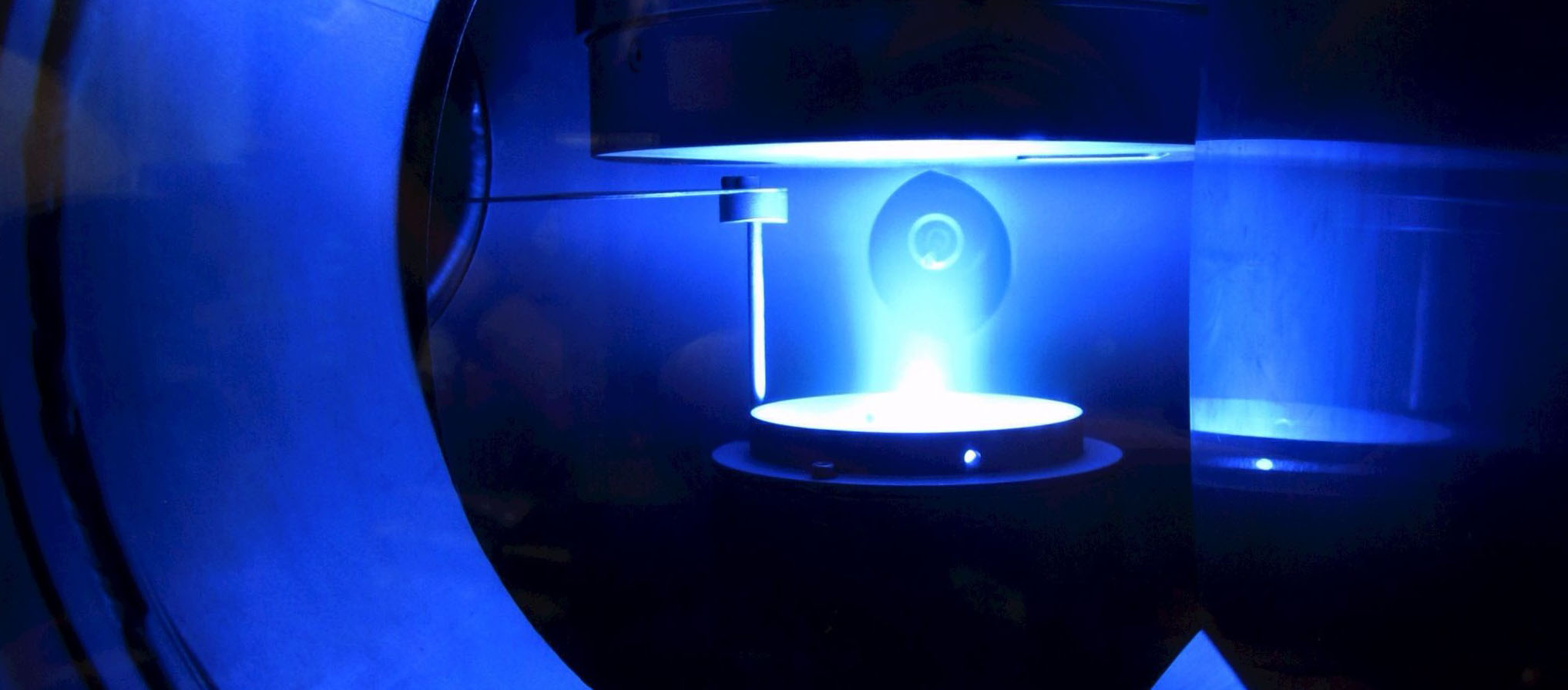JAPANESE CORE-TO-CORE PROGRAM
Two PhD students profit from research stay at Hamaguchi Lab, Center for Atomic and Molecular Technologies, Osaka University, Osaka
From October to December 2019, I was able to join the lab of Prof. Satoshi Hamaguchi at the Center for Atomic and Molecular Technologies in Osaka, Japan.
My field of research is applied microbiology and my focus is on biocatalytic reactions with non-thermal plasmas.
Using numerical simulations, I studied the propagation of plasma-induced reactive species in liquids to gain an insight on the depth of penetration and concentration of these species. This knowledge will help to understand the interaction between plasmas and enzymes that are studied in project B8 of the CRC 1316, specifically to protect the enzymes from inactivation and to drive biocatalysis.
The research stay in Japan was very helpful to deepen my knowledge for my main research question.
Abdulkadir Yayci, project B8 of the CRC 1316
I have visited Hamaguchi Laboratories at Osaka University in Japan for 3 months. The lab exchange was funded partially by the CRC-1316 and the JSPS core-to-core program. The group of Prof. Satoshi Hamaguchi developed a reaction-diffusion-convection simulation for the generation and transport of chemical species in water, introduced by atmospheric-pressure plasma. During my stay, I worked on a multiphase fluid model. The typical flow field of a turbulent atmospheric-pressure plasma jet in direct vicinity of a liquid was modelled by solving a k-epsilon turbulence model. A Volume-of-Fluid (VOF) method was applied for the coupled flow of gaseous and liquid phase. The simulations agree very well with experimental results in the literature. The results from the fluid flow simulations were integrated into the reaction-diffusion-convection equations to evaluate the influence of different flow regimes on the generation and transport of chemical species in the liquid.
At Bochum University, I am working as a PhD student within project B5 of the CRC 1316: 2D-plasma-liquid-solid interfaces – plasma electrolytic oxidation. The generated results can be useful for this project in regards of chemical species generation inside of liquids. In addition, the fluid flow model is interesting for other groups working with atmospheric-pressure plasmas (e.g. project B2: Self-organization of sub-µm surface structures stimulated by microplasma generated reactive species and short-pulsed laser irradiation).
Summarizing I can say, that I had a very pleasant stay in Osaka, that I personally enjoyed a lot. The cooperation with the Hamaguchi Laboratories were very fruitful and everyone was very kind during my stay.
Patrick Hermanns, project B5 of the CRC 1316
